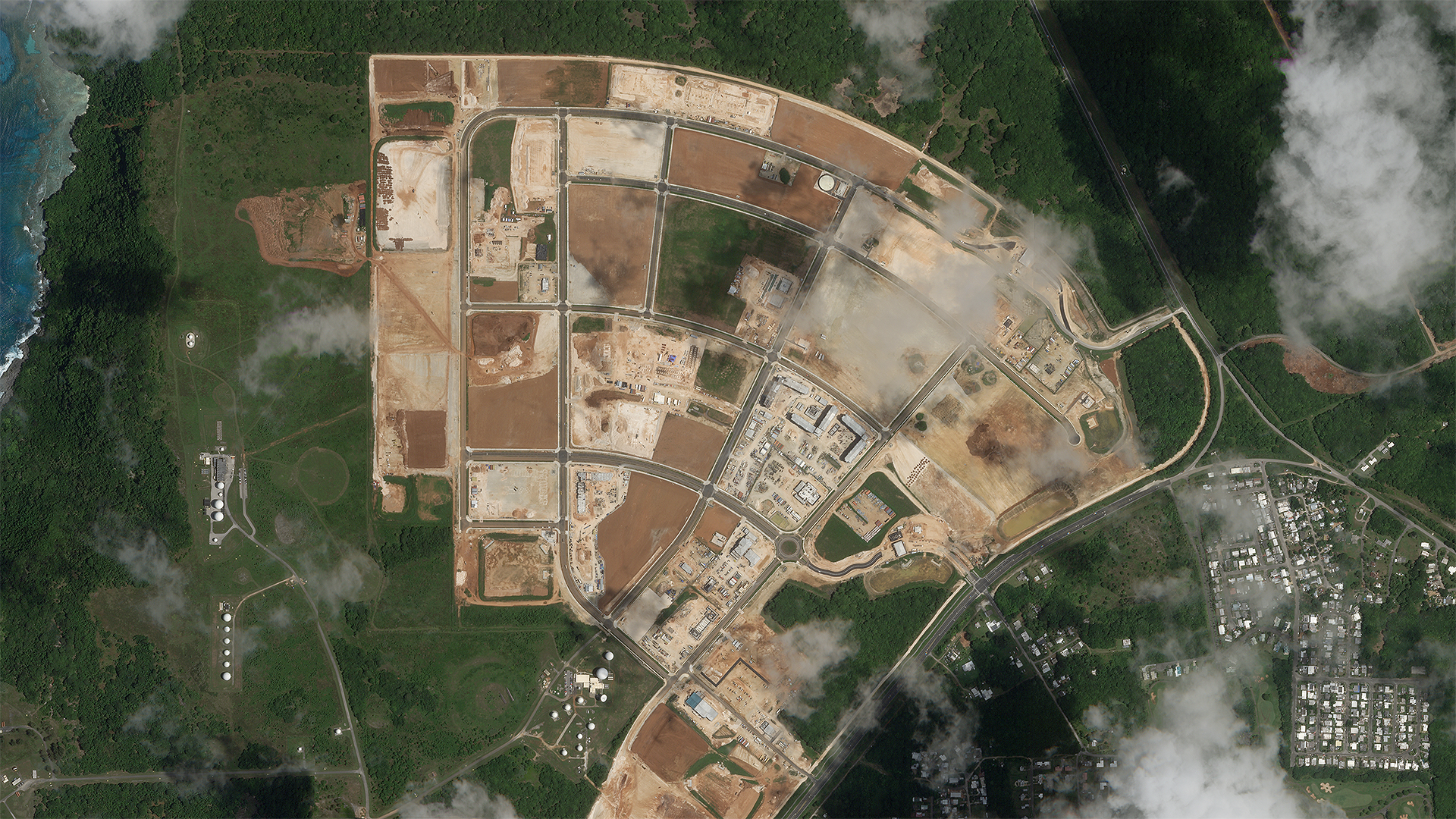The U.S. Marine Corps has activated a new base camp on the strategic island of Guam in the Pacific, and, at least according to the Marines, it will serve as the first newly constructed base for the service in 70 years. Named Camp Blaz, the installation’s location is not only steeped in Marine Corps history dating back decades, but the activation also reflects the U.S. military’s evolving posture in the increasingly tense region over which China looms.
On Jan. 26, 2023, USMC Maj. Gen. David Maxwell, commander of Marine Corps Installations Command, hosted a ceremony at Asan Beach on Guam with the island’s governor in attendance to celebrate the activation and naming of Marine Corps Base (MCB) Camp Blaz. The base, which will be situated on Guam’s northern plateau near Andersen Air Force Base, is named after Brig. Gen. Vicente ‘Ben’ Tomas Garrido Blaz, the first indigenous Marine from the Marianas Islands to earn the rank of general officer. The camp was first administratively activated on Oct. 1, 2020, in a small-scale ceremony because of the COVID-19 pandemic.
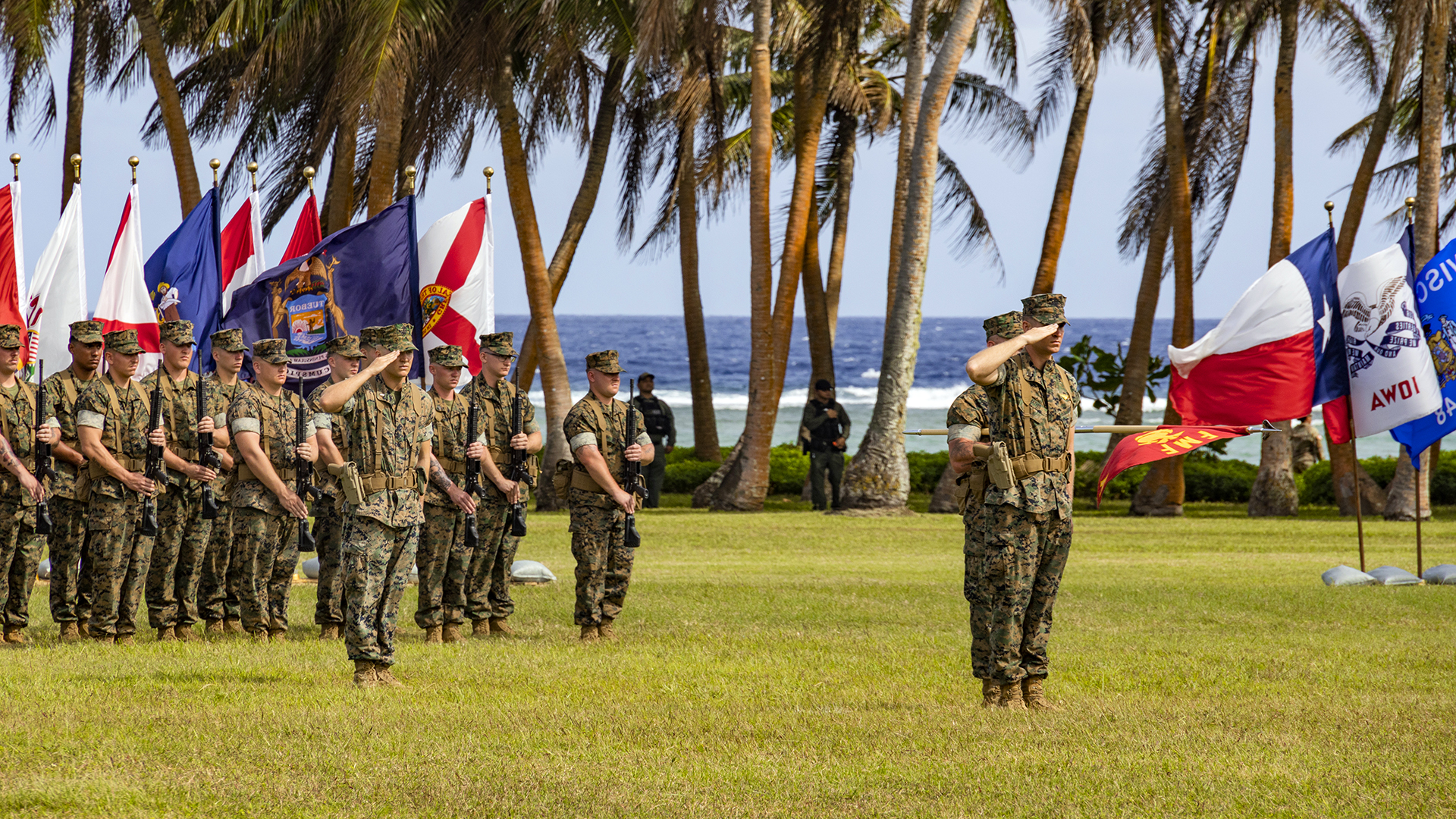
“Today is an important day that marks the future of the Marines on Guam, and it is also a day to reflect on the century-long history of the Marine Corps in this beautiful place we call home,” said Col. Christopher Bopp, MCB Camp Blaz’s commanding officer in a USMC press release. “On this island Marines and their Chamoru brethren have lived in peace and fought in war together, and we are proud to carry on this legacy of honor and courage.”

Camp Blaz will shape up to be approximately 4,000 acres in size and will cost an estimated $8.6 billion to build. In 2020 alone, the Defense Department awarded contracts worth half of the total cost of the camp. Among the 16 projects that have since been completed include multiple barracks, four of five firing ranges, one of two aircraft hangars, and associated infrastructure. Other projects will include a physical training complex and an urban combat training facility.
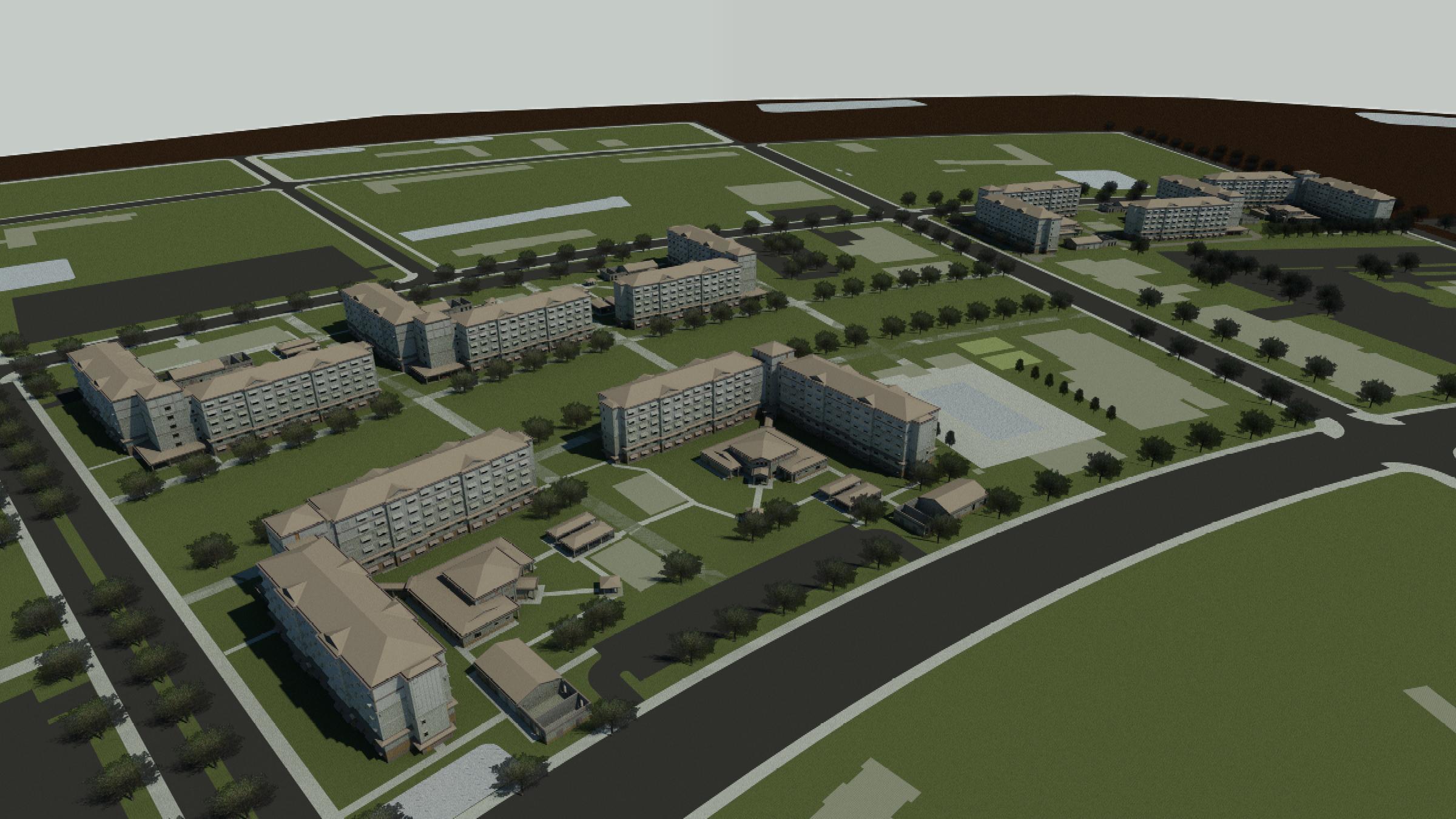

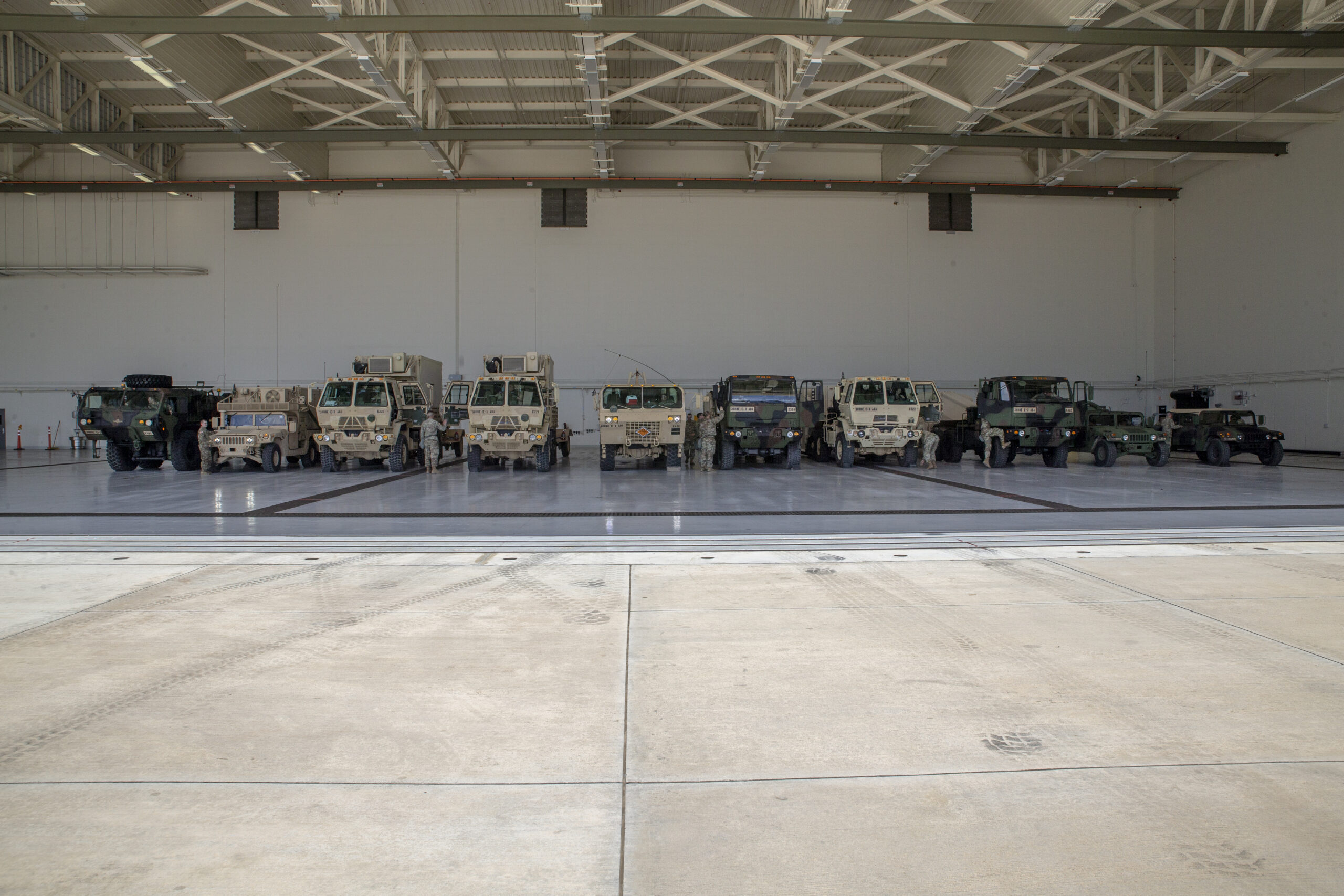
Stars and Stripes reported that 5,000 Marines are expected to arrive at Camp Blaz sometime in the next several years. That figure breaks down to about 1,300 members of the III Marine Expeditionary Force (MEF) and an additional 3,700 Marines that will be assigned to the installation on a rotating basis. The III MEF, which is a forward-deployed formation of the Marine Air-Ground Task Force made up of several subordinate units, is currently headquartered at MCB Courtney located in Okinawa, Japan.
It was decided that Guam should be the location for the new base as part of the 2012 Bilateral Agreement between the United States and Japanese governments under the Obama administration’s Defense Policy Review Initiative (DPRI). The DPRI is described as a U.S.-led Indo-Pacific Command (INDOPACOM) posture and force redistribution plan supported by Japan that is made up of multiple different initiatives intended to better position U.S. forces in the region.
The activation of Camp Blaz, one of a number of major military expansion projects on the island, is also representative of how the Pentagon’s strategic relationship with Guam is deepening. This was underscored last summer when U.S. Navy Vice Adm. Jon Hill, director of the U.S. Missile Defense Agency, offered new details on the progress toward equipping the island with highly upgraded air and missile defenses, which you can read about in detail here. Missile defense initiatives are another aspect of the overarching DPRI program geared toward more comprehensively deterring Chinese aggression in the region.
The need to boost the island’s missile defenses is motivated by how, in addition to the newly activated Camp Blaz, Guam is also home to critical Navy and Air Force facilities that would be at high risk for attack in a future Indo-Pacific conflicts. So much so, that U.S. forces are exploring how nearby islands and airfield facilities on them can be used as alternative installations. These threats are posed by capabilities from China’s increasingly advanced arsenal of ballistic and cruise missiles as well as hypersonic weapons.

However, it’s worth noting that the DPRI predates the now all-encompassing Force Design 2030 plan currently being implemented by the USMC, as well, which shares similar ambitions. The effort can be read about in detail here and seeks to refocus the Marine Corps from its previously prioritized mission of fighting counter-insurgency-focused conflicts against extremists in the Middle East to addressing near-peer adversaries in the Indo-Pacific region.
The pivot will require a shift from inland to littoral operations that employ smaller, more distributed groups of forward-operating Marines, and the service just recently made some moves in this regard. On Jan. 12, the USMC’s 12th Marine Regiment became the 12th Marine Littoral Regiment to serve as a forward-deployed force in Japan and will be one of three that are planned for the Indo-Pacific region.

Camp Blaz will help put Marines in an additional forward position in the Western Pacific, and in a locale that will be less vulnerable to attack than those on the first island chain. Guam is somewhat remote from various potential hotspots, which would put some distance between Marines and areas that could become hotly contested during wartime, as opposed to Okinawa, which is much more in the thick of things. From Guam, Marines could stage and support forces deployed forward, as well. Force Design 2030 is also about ensuring that the service has the infrastructure needed to achieve the rapid deployment of ‘stand-in’ Marine Forces, so having Marines in more locations can only help with that.
“Forward, persistent presence is key to the regional security and stability in the Indo-Pacific. Marine Corps Base Camp Blaz is a critical part of that. More than that, it shows our undivided relationship with the Government of Japan,” Commandant of the Marine Corps Gen. David H. Berger also said in the release.
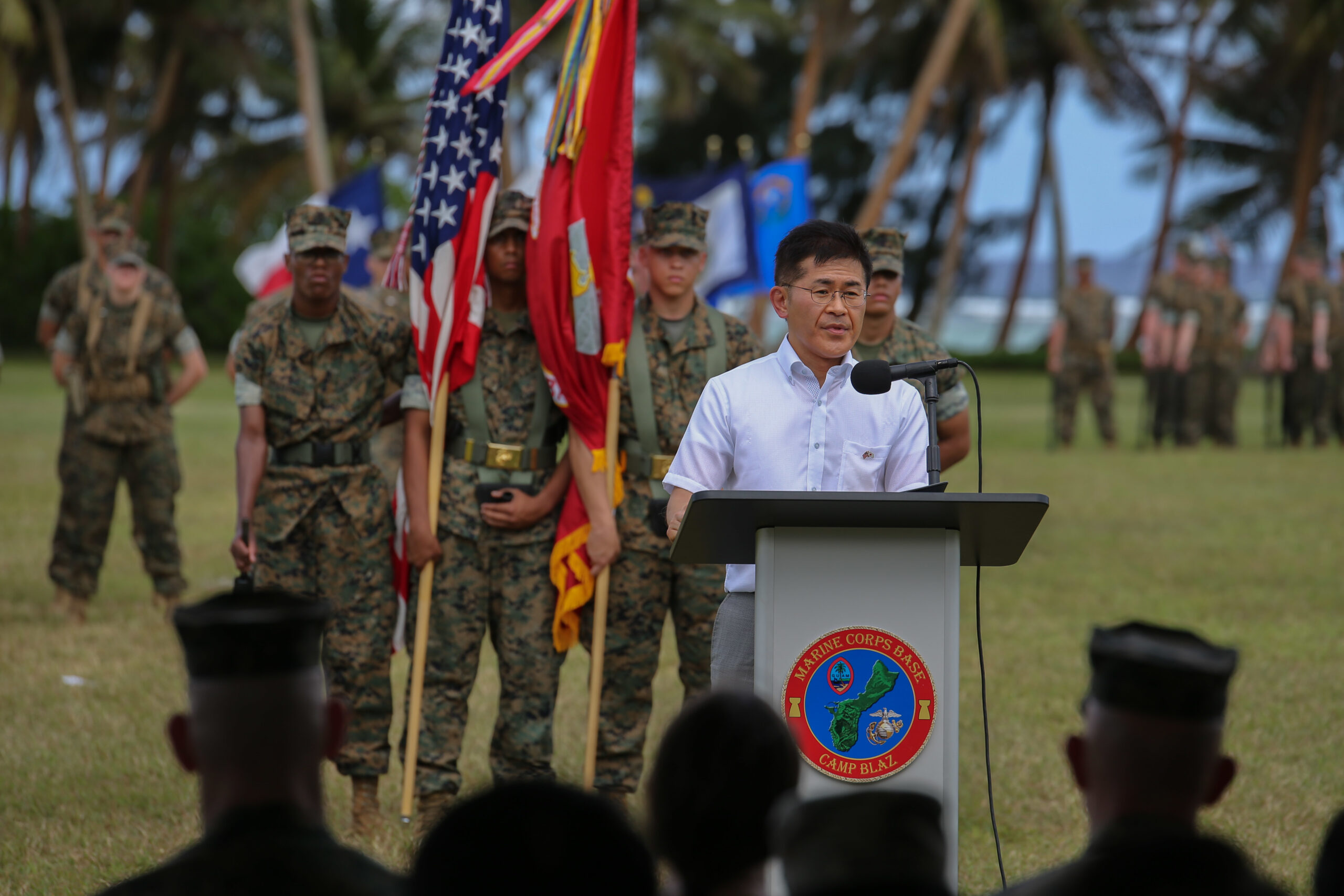
The USMC in its announcement said that the construction of Camp Blaz has been “partially funded by a large monetary contribution from the Government of Japan,” and that amount is now known to be around $3 billion. The War Zone has reached out to both the Indo-Pacific Command (INDOPACOM) and Camp Blaz for more information about this donation and is awaiting a response, but it would nonetheless support Japan’s years-long efforts to scale back U.S. military presence on Okinawa island.
Reducing the U.S. footprint on Okinawa in Japan, thereby relinquishing the land back to the island, is another prominent goal of the DPRI. Moving several elements of the III MEF specifically from Japan to Camp Blaz on Guam is one way the United States is attempting to achieve this.
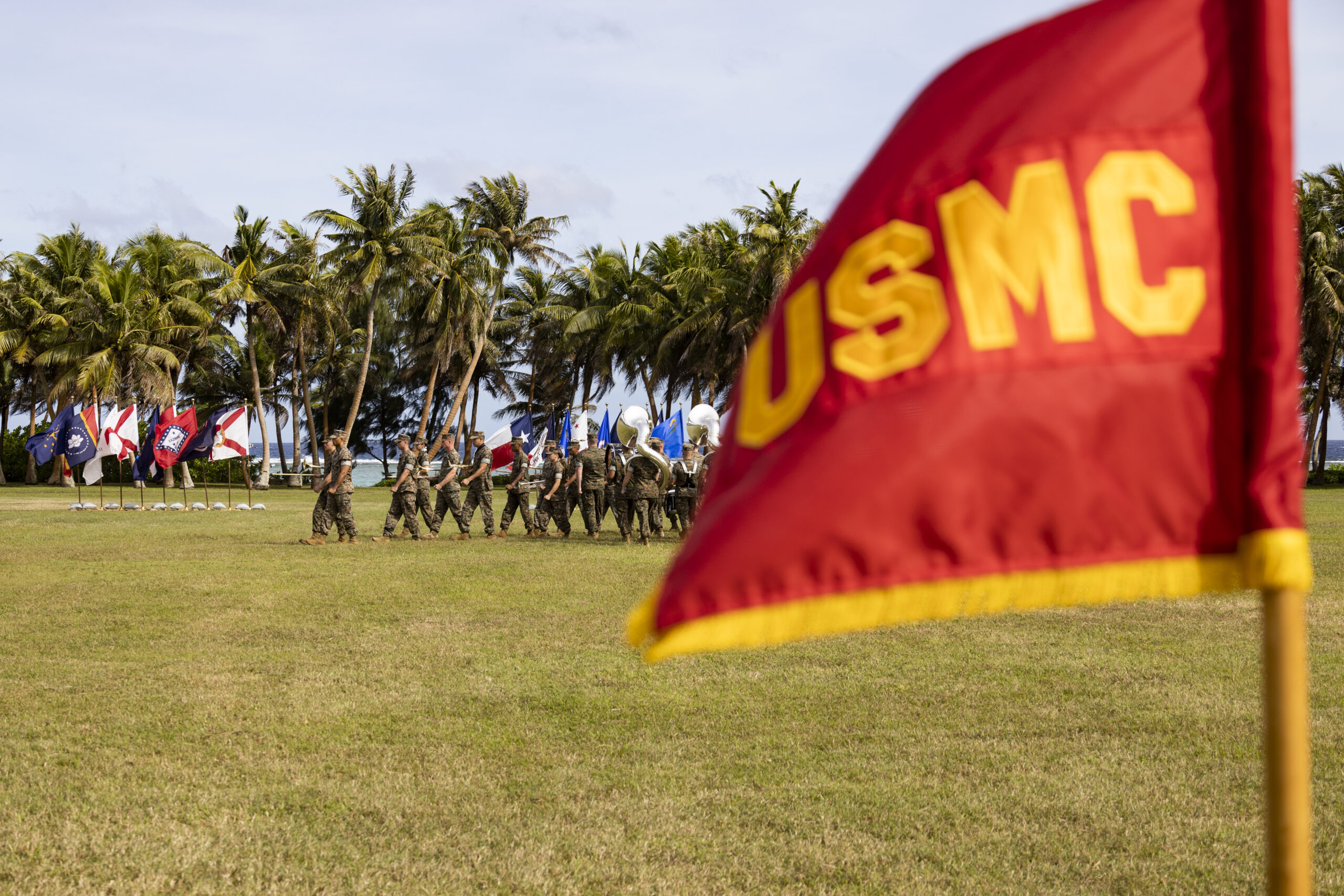
“The Japan and U.S. alliance is the cornerstone of the people, the peace and prosperity of the Indo-Pacific region, and the linchpin of Japan’s foreign policy,” said Ms. Yoshikawa Yuumi, vice-minister for foreign affairs, at the Camp Blaz activation ceremony.
The construction of Camp Blaz is slated to finish in the coming years, so it will be interesting to see just how expansive and influential the installation eventually becomes in the Indo-Pacific.
Contact the author: Emma@thewarzone.com
